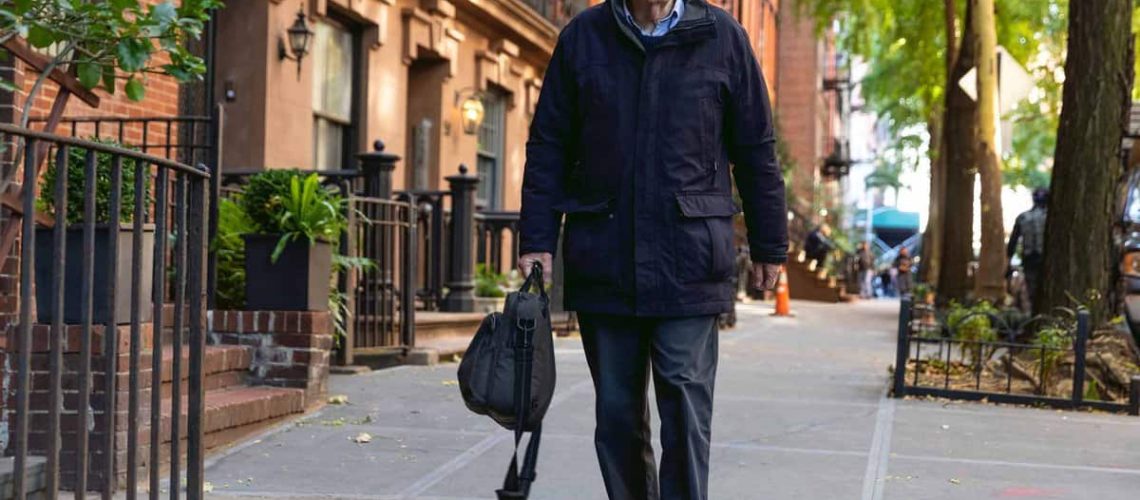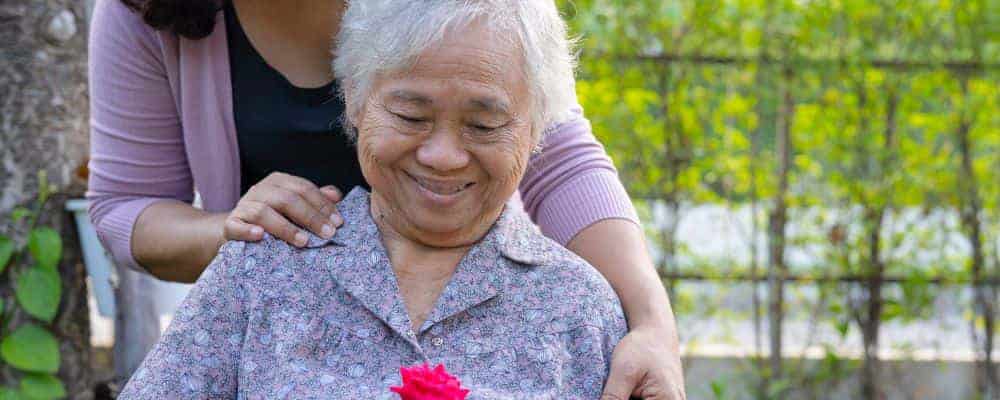It seems that every week we come across a news article about a senior with Alzheimer’s disease or a related memory problem who goes missing. Most of these stories have a happy ending—perhaps the person is found at a store they remember, or in a park, even hiding in their own house. But some of these stories have a far less happy outcome, with the senior being found when it’s too late, or never found at all.
“Characteristics of risky wandering include frequent and repetitive walking without resting, which can be very tiring. Also, walking without knowing where you are and how to get back home without help from another person—in other words, wayfinding problems,” explains Dr. Margie MacAndrew of Queensland University of Technology in Australia. “Wandering can result in potentially life-threatening outcomes such as malnutrition, increased risk of falls, injury, exhaustion, hypothermia, becoming lost and death.”
As our population ages, more and more people will be living with Alzheimer’s disease and related disorders. Prof. Michael Hornberger of the University of East Anglia Medical School in the UK says, “People with dementia getting lost or going missing is a problem worldwide. Around 70% of people with dementia may go missing at least once, with some at risk of going missing multiple times.”
Wandering can begin in the early stages of Alzheimer’s. “Unfortunately, the first event when people with dementia go missing often comes completely out of the blue, when doing such routine activities as going for a walk with the dog or getting the newspaper from the local shop,” reports Hornberger, who is currently conducting research on dementia-friendly urban design.
Many states have implemented “Silver Alert” systems that notify law enforcement and the public to be on the lookout when a person with dementia is lost. What else can family do to reduce the risk?
Understanding the reasons why seniors wander is the first step.
It’s important to realize that although wandering may seem like aimless walking around, in fact, the person may have a goal. Most likely, they aren’t trying to “get away,” but to find something or someone—the bathroom or kitchen, a child (who may now be an adult), their workplace (even if they retired long ago), or their car keys (even if they no longer have a car). They might be trying to go home, even if they are home. If they always went for a walk after dinner, they may be adhering to that pattern. Perhaps they are experiencing anxiety, boredom, pain or loneliness, yet are unable to express it. Understanding these “triggers” can help family and professionals address these unmet needs.
It’s also important to seek a medical evaluation. Side effects of medications, infections, delirium and incontinence can increase wandering in a person with dementia.
Protecting a loved one who lives at home can be very challenging for families. They must always be on their guard. They must make home modifications to keep their loved one from leaving—yet these changes may cause frustration and anger in their loved one. Despite the family’s best efforts, their loved one may leave the house, leading to hours of frantic worry. These family caregivers become hypervigilant, sleep poorly, and are unable to concentrate on their jobs and other life tasks.
For many families, a memory care community like Welbrook Santa Monica is a much better solution. The expert staff and tailored architecture at Welbrook Santa Monica reduce wandering in unobtrusive ways, such as:
Providing appropriate activities and exercise. People who are bored or lonely are more likely to wander. They are used to a life filled with tasks and purpose, so the goal is to provide outlets for those needs. Guests may enjoy appropriate art activities, crafts, music, cooking simple foods, walks and outings, and socialization in a nonjudgmental setting.
Appropriate communication. A guest may express feelings of being lost or abandoned, or may be feeling anxious about tasks they believe they should complete. Staff reassure them and help them feel safe, and redirect them to safe activities. “Correcting” a person with dementia can increase agitation. “Don’t correct—redirect” is the goal.
An adapted environment. People with memory loss can resent feeling that their independence is being taken away, and many of the adaptations families can make at home, such as locks and barred windows, can make the problem worse! Welbrook Santa Monica features architectural design that creates safety and security, in an unobtrusive way.




